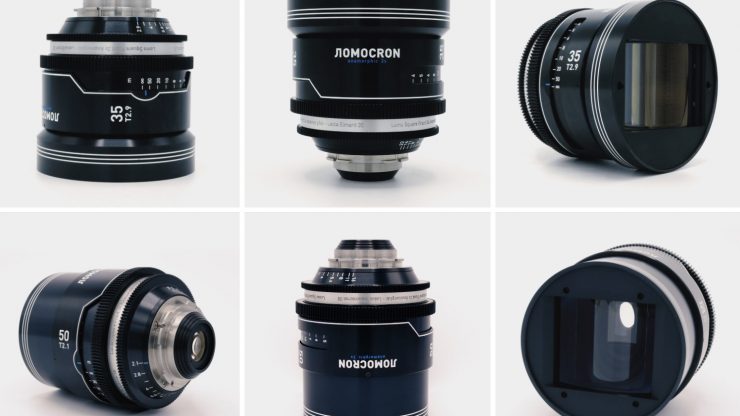
Whitepoint Optics has a new rehousing option that they are calling LOMOCRON. Essentially, LOMOCRON is the merging of two iconic lenses, the Lomo square front anamorphic and the Leica-R. By combing these two lenses you end up with a very unique 2x anamorphic.
What you need to know is that Whitepoint Optics isn’t selling you the LOMOCRON per se, they are rehousing and creating it from lenses you need to supply.
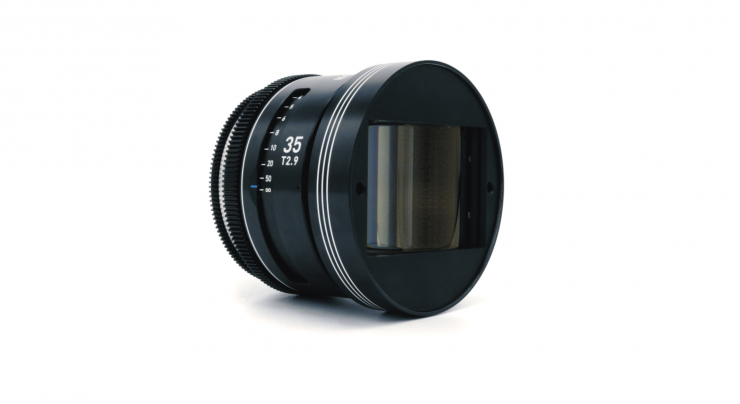
The first focal lengths that will be available are the 35, 50, 90mm (Elmarit 135 and 180mm on special order). The 50mm and up will cover full frame sensors.

By combining the best traits of both lenses you get a lens that is faster, has added contrast and has better resolution. The signature blue flares are even more striking with less haze.
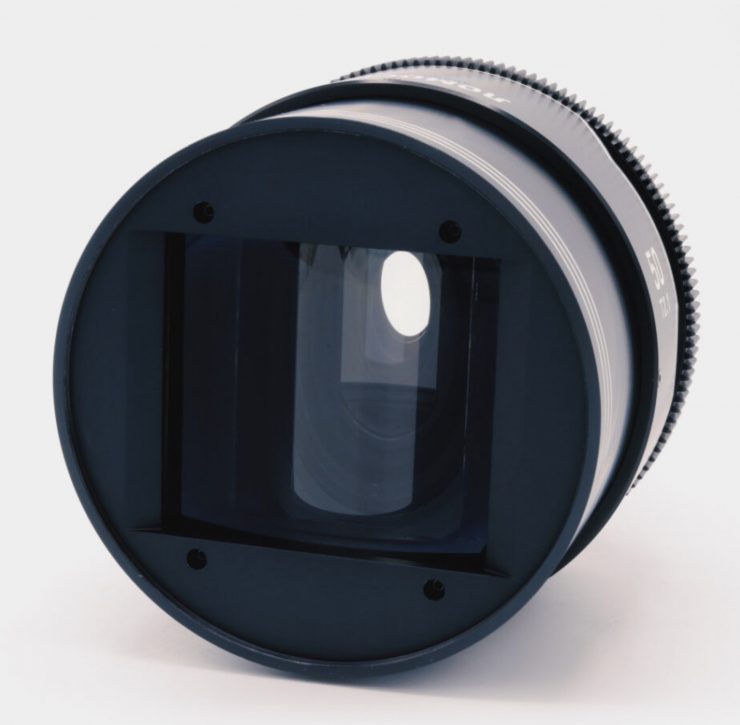
The square front Lomos are widely available but in many cases have been forgotten or shelfed since a lot of them are in mechanically poor condition.
According to Whitepoint Optics, with all the flaws, mumps, and imperfections the Lomocron is a special anamorphic lens with lots of character producing very pleasing cinematic images.
Why combine Leica-R Lenses with square front Lomos?
Leica lenses are considered some of the best lenses ever produced and they are still widely used in high cinematography projects. The lens characteristics are subtle, they are fast, very sharp, and uniform in quality. Leica-R lenses also have a large image circle, they are lightweight and reasonably priced.
The compact size make them ideal to use in companion with Lomo anamorphic optical block. Leica-R brings the very best out of the Lomo.
What do you need to supply to get a LOMOCRON created?
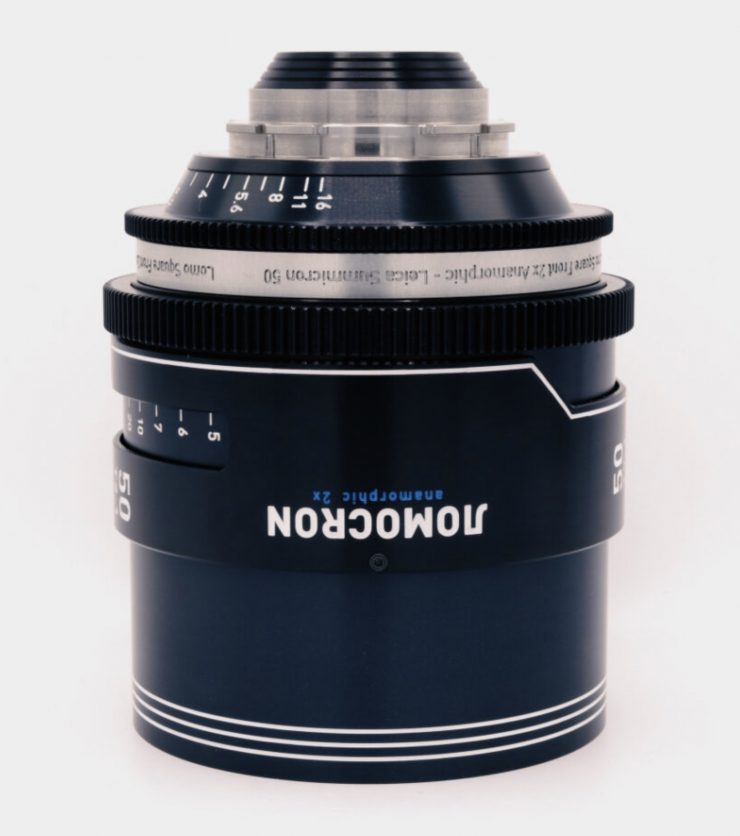
In case you already own a set of Lomo square fronts all you need is a set of Leica R´s (Summicron or Elmarit). Currently, Whitepoint Optics is not able to source the lenses for you, but they are happy to give you recommendations as to where to find some.
Below are the compatible lenses that are required to create a LOMOCRON
- LOMO Square Front 35mm, 50mm & 75/80mm
- Leica R Summicron: 35mm V.2, 50mm V.2 ja 90mm (Non APO)
Whitepoint Optics is also investigating whether the Leica M Summicron 40mm & 75mm will work (these require testing and measuring).
If your anamorphic front glass element is faulty (scratches etc.) you need to let Whitepoint Optics know and they will see if the glass can be replaced.
- Optics throughout cleaned
- Cam Form Focus drive optimized for modern motors
- Matched focus/iris ring locations
- Robust aluminum construction
- 300 degree focus rotation
- Industry standard sized front diameter, 110mm (except 35mm 125mm)
- New matte black anti-reflective iris
- Stainless steel PL mount
- Easy to collimate by using shims
Whitepoint Optics removes all the lens elements from their original optical blocks and they are cleaned throughout. After cleaning they are assembled into a new optical construction. The iris is replaced with a new full-round one with a matte black coating for maximum contrast and better bokeh. The outcome is a fully re-engineered product with modern cine mechanics. No part of the lens rotates other than the focus and iris ring, and neither does the length of the lens extend.
Price
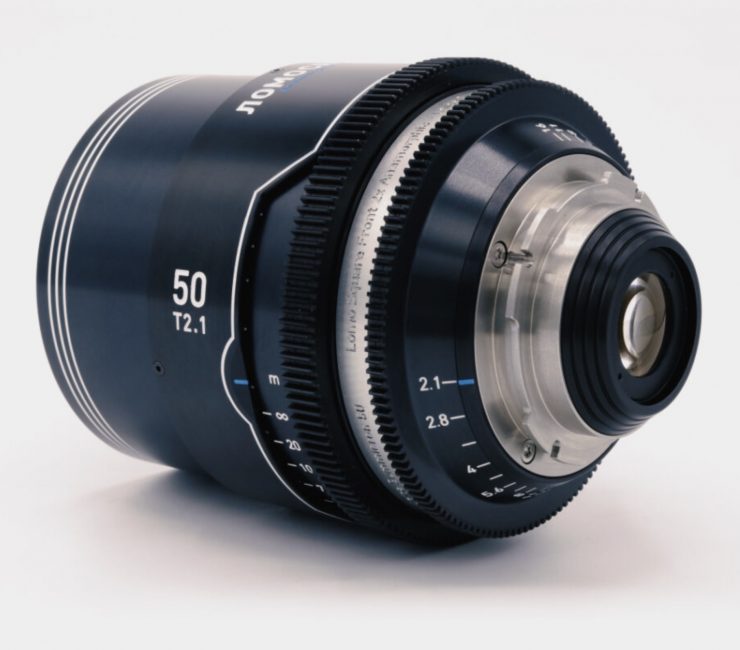
The 1st batch of Lomocron-lenses has sold out, but Whitepoint Optics is currently taking orders for a 2nd batch.
The price per lens for creating the LOMOCRON is 6600€/Lens Excl. Optics..
Who are Whitepoint Optics?
We have featured Whitepoint Optics on the site before, but in case you aren’t familiar with them, they have been around since 2016. The two guys behind the origins of Whitepoint Optics are lens engineer Timo Ala-Talkkari and colorist and post-production producer Jussi Myllyniemi.
Ala-Talkkari had worked as a Lens Engineer at Zeiss and had the ambition to design lenses that could generate flawless and clear images and capture the world as it is. Myllyniemi approached the matter from a different perspective: as a colorist, his work was to modify the image so that it becomes interesting – not just a realistic depiction of the world, but something more, something beyond realism.





